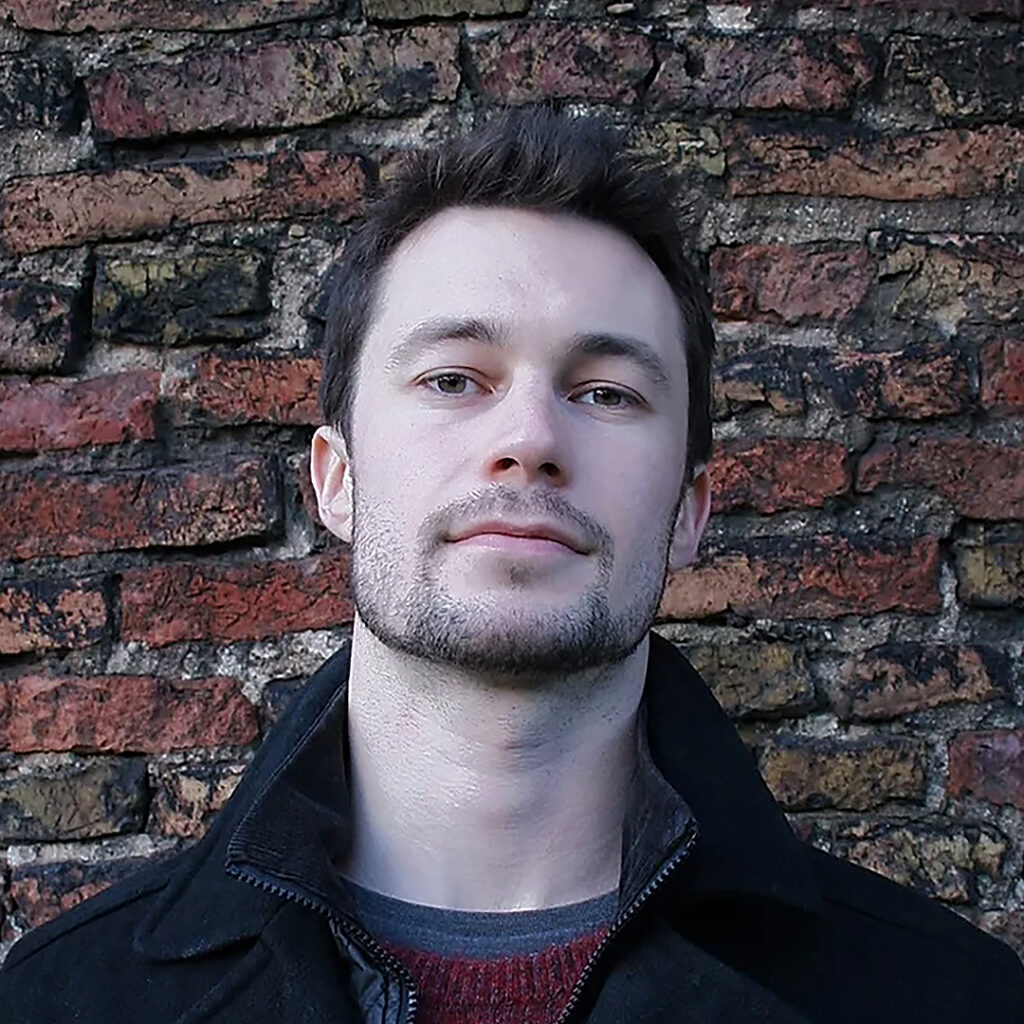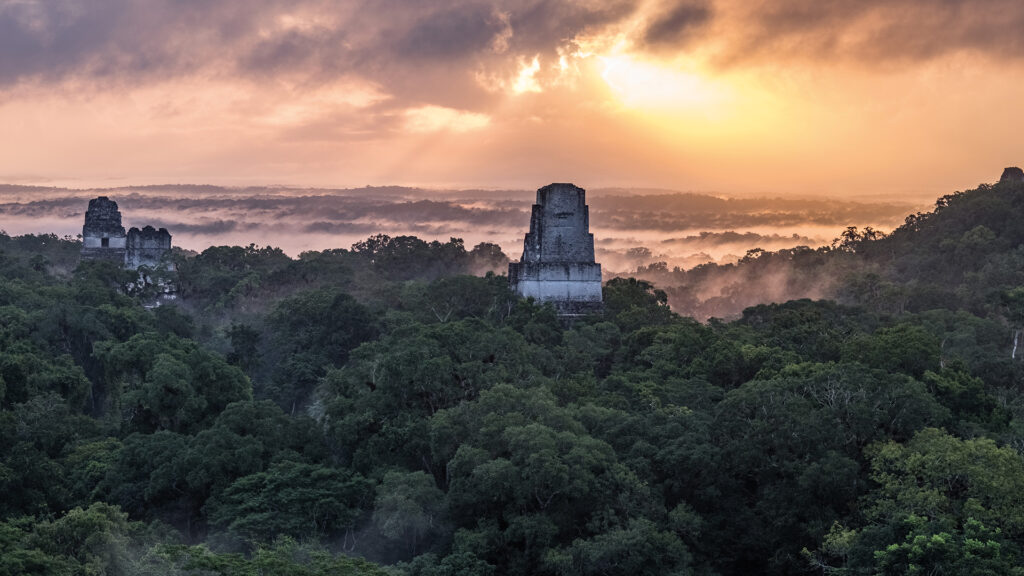
A World of Ruins
From Roman Britain to Babylon, Carthage to Easter Island, the Mayans to Han China, Fall of Civilizations author Paul Cooper contemplates the rise and fall of history’s greatest empires, and the world of ruins they have left behind.
In 2016, I visited the remains of one of the most opulent palaces built by Saddam Hussein, the deposed dictator of Iraq.
It’s a domineering sight, rising from the top of an artificial hill outside the city of Hillah, on a branch of the Euphrates River — all angular facades and empty windows, almost too bright to look at in the baking Iraqi sun. In the thirteen years since the toppling of Saddam’s government, its once-neat gardens have overgrown and now burst with scrub and weeds collecting scraps of windblown rubbish.
Once you step inside the cavernous space, emptied of all furniture, you can still see the traces of finery, the mantles and doorways in mock-baroque style — but now the plaster is cracked, the walls are scrawled with graffiti, and local children play football in the echoing space. Glass beads from the opulent chandelier in the main hall are scattered on the floor coated with a thin layer of dust.
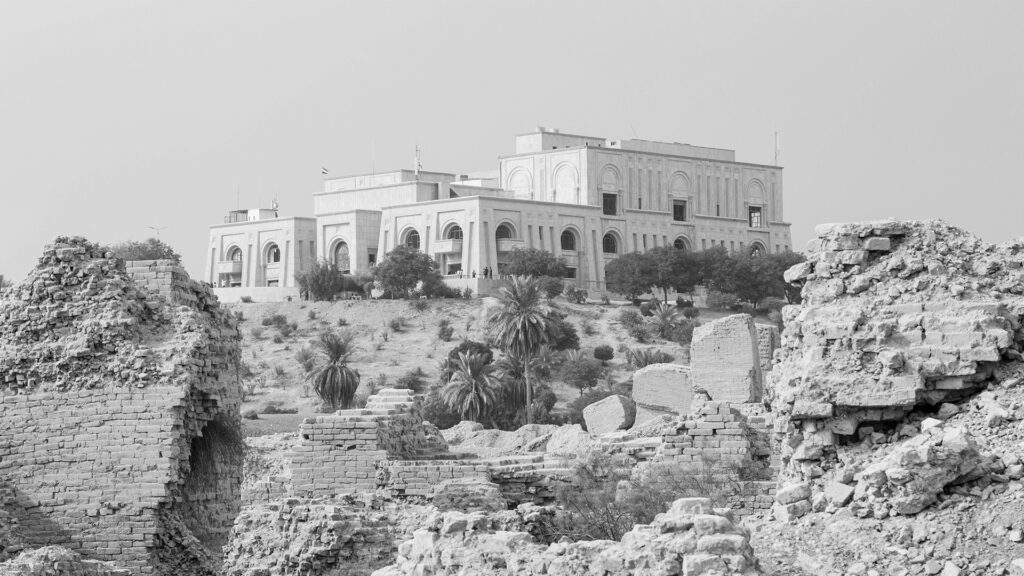
built overlooking the ruins of the ancient city of Babylon.
As I walk out to the panoramic balcony of the main bedroom, the plains of the Euphrates Valley stretch out before me, and another ruin fills my view: a lunar landscape the colour of lion’s fur, the sprawling mass of broken walls and ancient architecture that shows where, 2,500 years before, the city of Babylon once stood.
Saddam had hoped that building his palace here would encourage comparisons with the ancient rulers of Mesopotamia. Perhaps he imagined that he would step out onto this balcony and feel inspired by the deeds of those ancient kings of Mesopotamia: Sargon, Esarhaddon, and Nebuchadnezzar. Today, the remains of his palace stand over the ruins of Babylon like a bad joke.
The world is full of such ruins. Sometimes it seems as if there are more of them than anything else
The world is full of such ruins. Sometimes it seems as if there are more of them than anything else. From Rome’s Colosseum to the rusting factories of Northern England and the crumbling suburbs of Detroit; from the pyramids of Giza to the ghost villages wiped off the map in the devastation of the First and Second World Wars; from the vine-wreathed temples of the Maya to the cracked star forts of European colonisers; from the emptied shopfronts of our high streets to the shell-pocked buildings of Bakhmut, Mosul, Aleppo and Gaza.
Each of these ruins means something different, but they have one thing in common: these are all places where one day the future was cancelled.
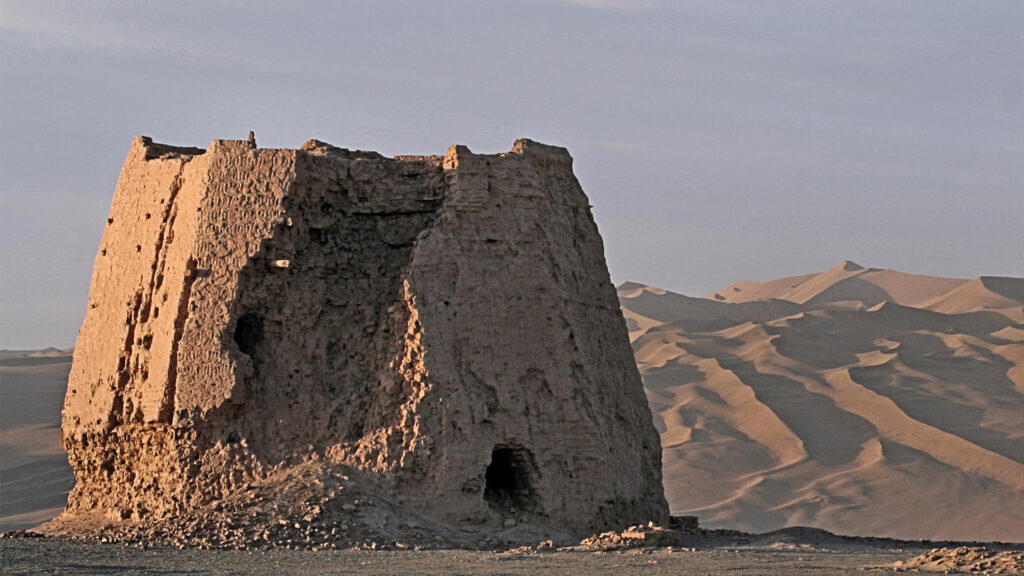
– in present-day Dunhuang, Gansu province, China.
These are all places where one day the future was cancelled
As countless people have found throughout history, a ruin is a place where the mind can’t stay quiet. As we walk among the fallen walls and crumbling stones of an ancient temple, a palace or fortress, we can’t help but imagine the world as it once was. Our minds fill in the gaps in the stones to make them whole.
A ruin is a paradox. Each one shows us the fearsome power of time, while simultaneously standing in defiance of it.
Being such powerful imaginary spaces, ruins have always spurred human creativity. From the dawn of history, people have written about the poignant and difficult feelings they provoke: that peculiar mix of awe and melancholy.
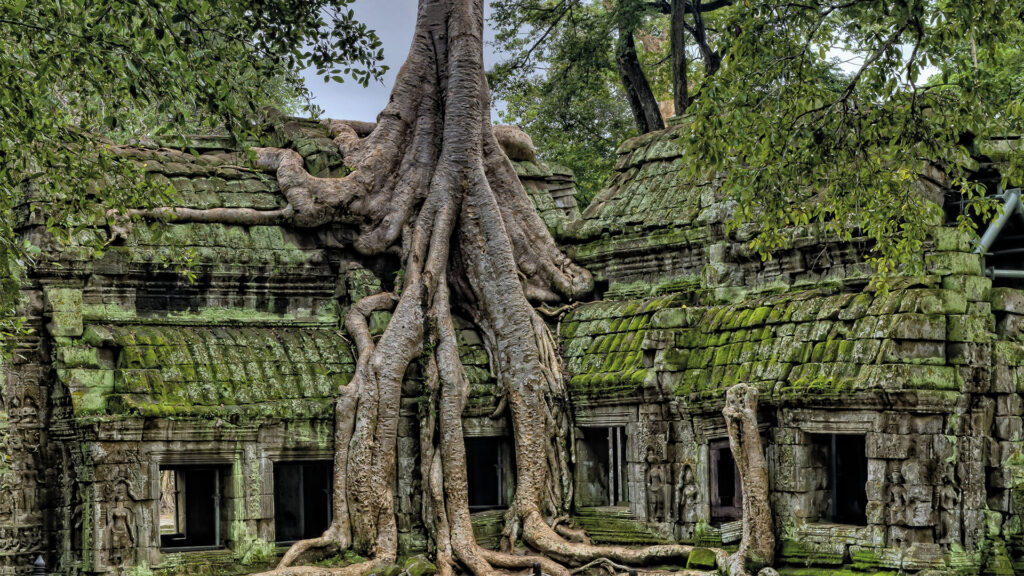
more than 12,500 people of the Khmer Empire (802–1431 AD)
One Babylonian world map from the sixth century BCE, inscribed on a clay tablet, shows how ancient people conceived of the earth: divided into quadrants, it includes lands of serpents, dragons and scorpion-men, the far northern regions ‘where the sun is never seen’ and a great body of water they called ‘the Bitter River’, which is today what we call the Mediterranean Sea.
A ruin is a place where the mind can’t stay quiet
The map also describes ‘ruined cities… watched over by… the ruined gods’. The ruins of the past and countless imagined futures remind us that history is not a linear progression from worse to better, from ignorance to knowledge, from war to peace. It has always been characterized by periods of flourishing, periods of fallowness, and periods of wanton destruction.
When I first began telling these stories in the form of an audio podcast at the start of 2019, I expected to reach an audience of perhaps a few thousand like-minded listeners — but at the time of writing, as the series enters its fourth year, it has been listened to more than 100 million times by listeners all around the world.
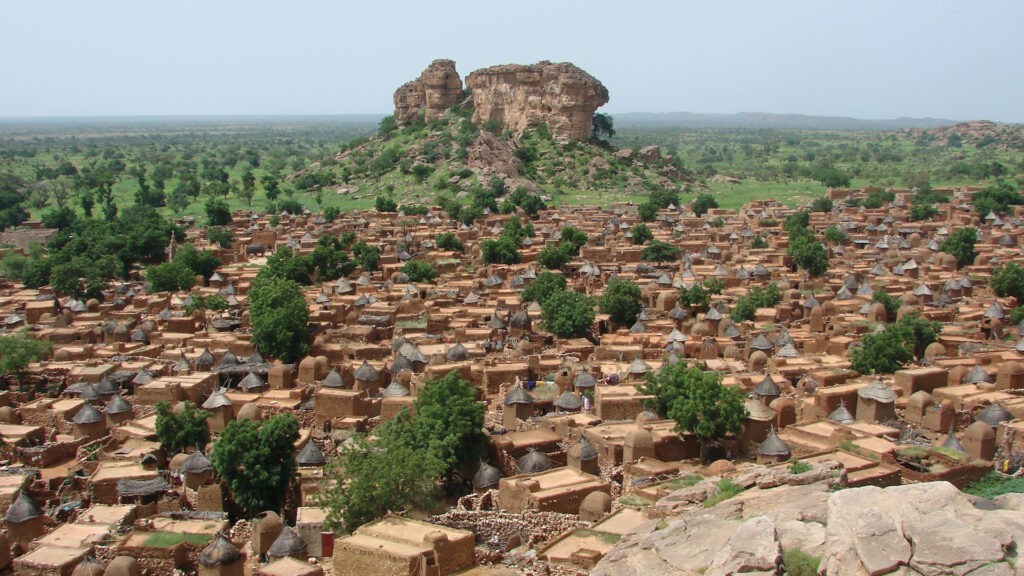
the West African Songhai Empire (1460–1591 AD)
Every ruin in this book should thus be understood as a warning and a challenge
While no one knows what the future will hold, the coming century will present perhaps the greatest series of challenges that humanity has ever faced, and the actions required to correct our current course are significant.
Every ruin in this book should thus be understood as a warning and a challenge: take nothing for granted, resist those who have mortgaged our future for their greed, and fight with every inch of your being to build a better world.
This article was adapted from the introductory chapter of Fall of Civilizations.
Landmark world history from the creator of the Top Ten podcast Fall of Civilizations

History
Hardback
25 April 2024
ISBN 9780715655009
Based on the hit podcast with over 100 million downloads, Fall of Civilizations brilliantly explores how a range of ancient societies rose to power and sophistication, and how they tipped over into collapse.
Across the centuries, we journey from the great empires of Mesopotamia to those of Khmer and Vijayanagara in Asia and Songhai in West Africa; from Byzantium to the Maya, Inca and Aztec empires of the Americas; from Roman Britain to Rapa Nui. With meticulous research, breathtaking insight and dazzling, empathic storytelling, historian and novelist Paul Cooper evokes the majesty and jeopardy of these civilizations, and asks what it might have felt like for a person alive at the time as they witnessed the end of their world.
Use code CIVS25 at checkout for 25% off
